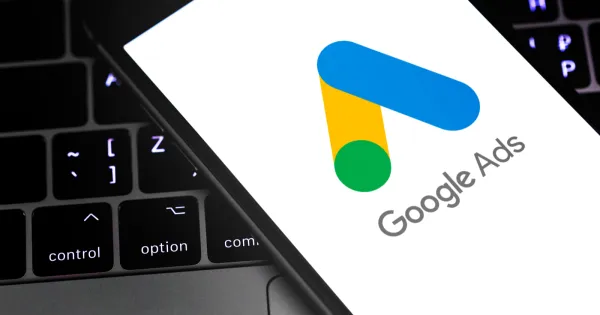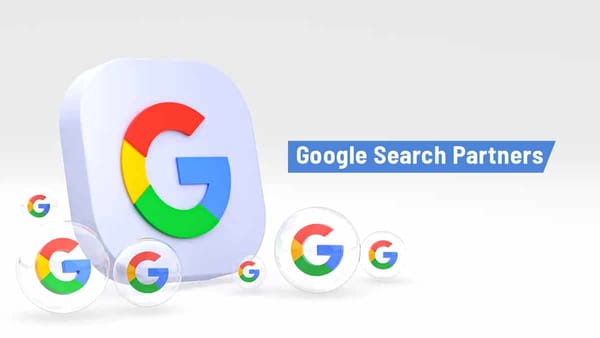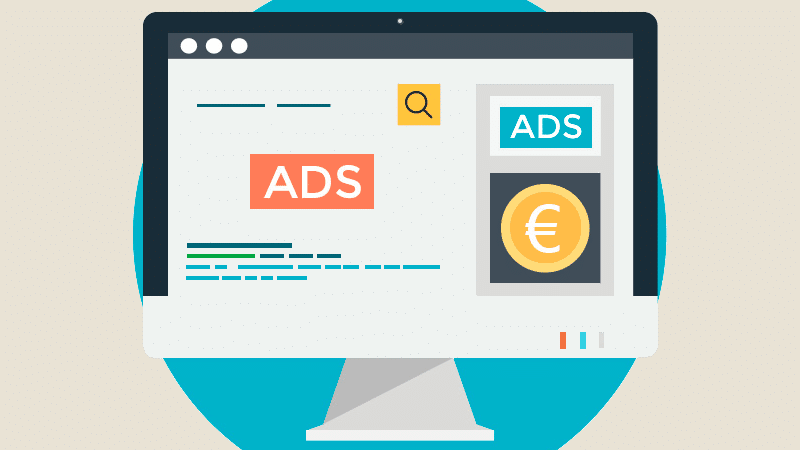How Digital Marketing is Different from Traditional Marketing

Introduction
Marketing strategies have evolved dramatically over the years, especially with the rise of digital technologies. As businesses increasingly focus on online platforms, the question often arises: How is digital marketing different from traditional marketing? Both methods aim to promote a brand and drive sales, but the approach, tools, and outcomes differ significantly. This article will compare digital marketing with traditional marketing, highlighting the key differences and why digital marketing has become the preferred choice for businesses today.
What is Traditional Marketing?
Traditional marketing refers to conventional methods of marketing that have been used for decades to reach customers. These methods include print ads (newspapers, magazines), broadcast media (television and radio), billboards, and direct mail. Traditional marketing has been around since the early 20th century, and while it is still in use, it faces growing challenges in reaching a more digitally-savvy, online audience.
Key elements of traditional marketing include:
- TV and Radio Ads: Broadcasting commercials to a wide audience.
- Print Media: Newspaper and magazine advertisements.
- Billboards: Large advertisements placed in high-traffic areas.
- Direct Mail: Sending physical brochures or catalogs to potential customers.
What is Digital Marketing?
Digital marketing, on the other hand, is a modern approach that uses digital channels to reach customers. This includes platforms such as social media, search engines, email, websites, and online advertisements. With the growth of the internet, mobile devices, and social media platforms, digital marketing has evolved as a more targeted and measurable alternative to traditional marketing.
Key elements of digital marketing include:
- Search Engine Optimization (SEO): Optimizing a website to rank higher in search results.
- Social Media Marketing: Promoting content through platforms like Facebook, Instagram, and Twitter.
- Email Marketing: Sending personalized emails to engage with customers.
- Pay-Per-Click (PPC): Running paid ads on search engines or social media platforms.
Key Differences Between Digital and Traditional Marketing
Now that we have a basic understanding of both approaches, let’s explore the key differences between digital marketing and traditional marketing:
1. Reach and Audience Targeting
- Traditional Marketing: In traditional marketing, businesses reach a broad audience with no ability to target specific groups. For example, a television ad will be seen by everyone watching the channel, regardless of whether they’re interested in the product or not.
- Digital Marketing: Digital marketing allows for precise targeting. Using tools like social media ads, Google Ads, and email campaigns, businesses can target specific demographics, interests, behaviors, and even locations. This ensures that marketing efforts are focused on the right people, increasing the chances of conversion.
2. Cost Efficiency
- Traditional Marketing: Traditional marketing methods, like TV ads and billboards, can be costly. The cost of creating, airing, or printing these ads can be substantial, which may make it difficult for small businesses to afford large-scale campaigns.
- Digital Marketing: Digital marketing is generally more affordable, especially for small and medium-sized businesses. Platforms like Google Ads and Facebook Ads allow businesses to run campaigns on a budget and reach a highly targeted audience. Additionally, SEO and content marketing offer long-term benefits at a relatively low cost.
3. Measurability and Analytics
- Traditional Marketing: One of the major drawbacks of traditional marketing is the difficulty in measuring its success. For example, how do you know if a TV commercial led to a sale or if a print ad resulted in increased foot traffic? Traditional marketing often relies on estimates and indirect measurements, such as surveys or sales figures.
- Digital Marketing: Digital marketing provides real-time analytics that allows businesses to track the performance of their campaigns with precision. Tools like Google Analytics, social media insights, and email open rates provide immediate feedback, allowing businesses to optimize campaigns in real-time and see tangible results.
4. Interaction and Engagement
- Traditional Marketing: Traditional marketing is typically a one-way communication channel. Businesses broadcast their message to the audience, but there’s no immediate way for the customer to respond or engage. The interaction is passive, as customers are simply recipients of the message.
- Digital Marketing: Digital marketing encourages two-way communication. Customers can comment on social media posts, reply to email campaigns, or engage in live chats on websites. This fosters direct communication between the business and its customers, creating a more interactive and personalized experience.
5. Speed and Flexibility
- Traditional Marketing: Once a traditional marketing campaign is launched, there’s little room for change. For example, if a print ad is published or a TV commercial is aired, the message cannot be altered without additional costs. This can be a limitation if the market conditions or audience preferences change unexpectedly.
- Digital Marketing: Digital marketing allows for a much faster and more flexible approach. Campaigns can be adjusted on the fly based on performance data. For example, if an online ad isn’t performing well, it can be altered or paused within hours, ensuring that resources aren’t wasted.
6. Longevity of Impact
- Traditional Marketing: Traditional marketing has a short-lived impact. Once a TV commercial is over or a print ad is published, its visibility is limited to the time frame it was aired or displayed. These ads often need to be repeated to maintain visibility.
- Digital Marketing: Digital marketing, especially through SEO and content marketing, offers long-term benefits. Well-optimized blog posts or evergreen content can continue to drive traffic to a website for months or even years after publication. Additionally, social media content can have a longer shelf life, as it can be shared and revisited over time.
7. Customer Journey and Conversion Rates
- Traditional Marketing: Traditional marketing relies on a general funnel approach, where potential customers may see an ad but have no clear path to purchase. Conversions may happen long after the ad is first seen, and tracking those conversions is often difficult.
- Digital Marketing: Digital marketing offers a more seamless customer journey. With clear calls-to-action (CTAs) on websites, social media platforms, and emails, businesses can guide users from awareness to decision-making. The use of landing pages, retargeting ads, and sales funnels increases conversion rates and helps drive direct sales.
Why Digital Marketing is Gaining Popularity
While traditional marketing still has its place in certain industries, digital marketing is quickly becoming the preferred method for businesses of all sizes. Here are some reasons why digital marketing is gaining popularity:
- Increased internet usage: With billions of people online, businesses are following the crowd and focusing their marketing efforts where their audience spends the most time.
- Cost-effective options: Digital marketing offers affordable solutions, especially for small businesses looking to maximize their ROI.
- Real-time feedback: The ability to analyze campaigns and make data-driven decisions gives businesses a competitive edge.
- Global reach: Digital marketing allows businesses to break geographical barriers, reaching customers worldwide with just a few clicks.
Conclusion
Digital marketing and traditional marketing each have their strengths and weaknesses, but in today’s digital-first world, businesses are increasingly relying on digital marketing to stay competitive. The ability to target specific audiences, measure results, engage directly with customers, and adjust campaigns quickly makes digital marketing the more dynamic and effective choice for most businesses.
Whether you’re running a small startup or a large corporation, understanding the differences between digital and traditional marketing is crucial for crafting a successful marketing strategy. By combining both approaches where necessary, businesses can leverage the best of both worlds to maximize their marketing efforts.




